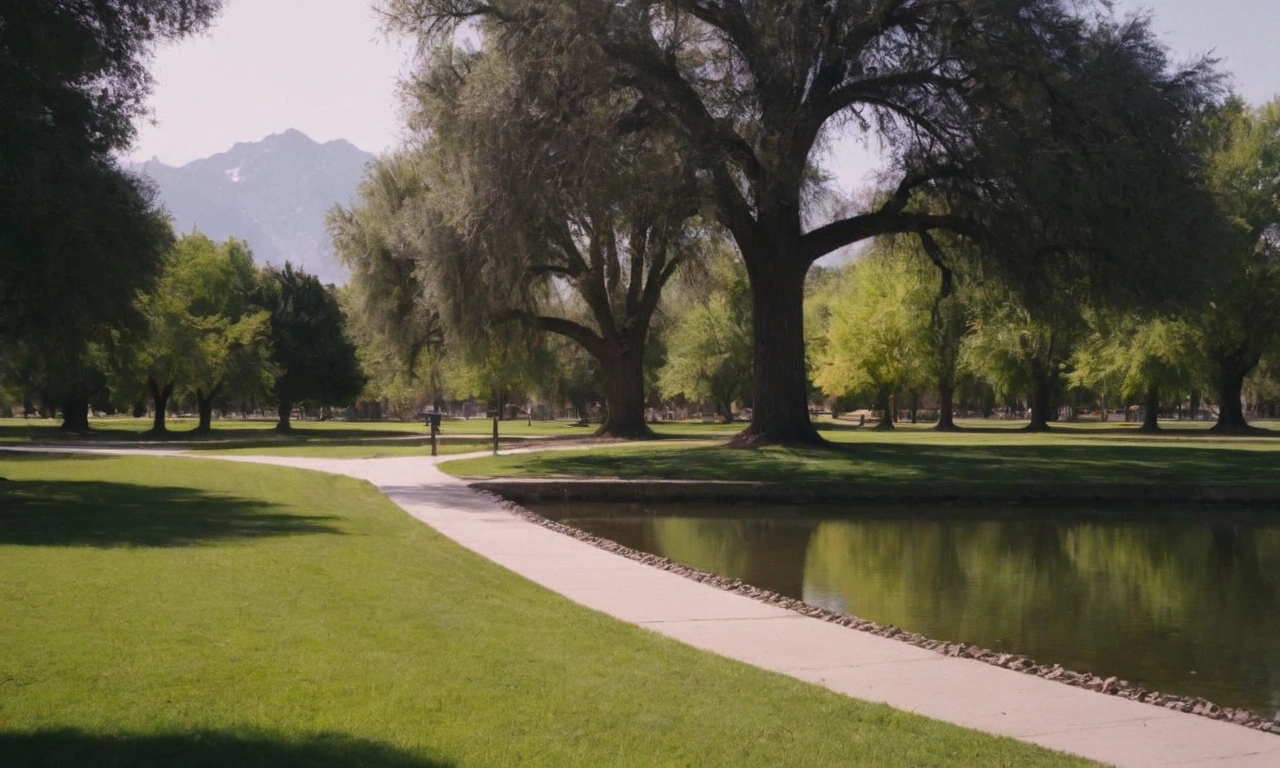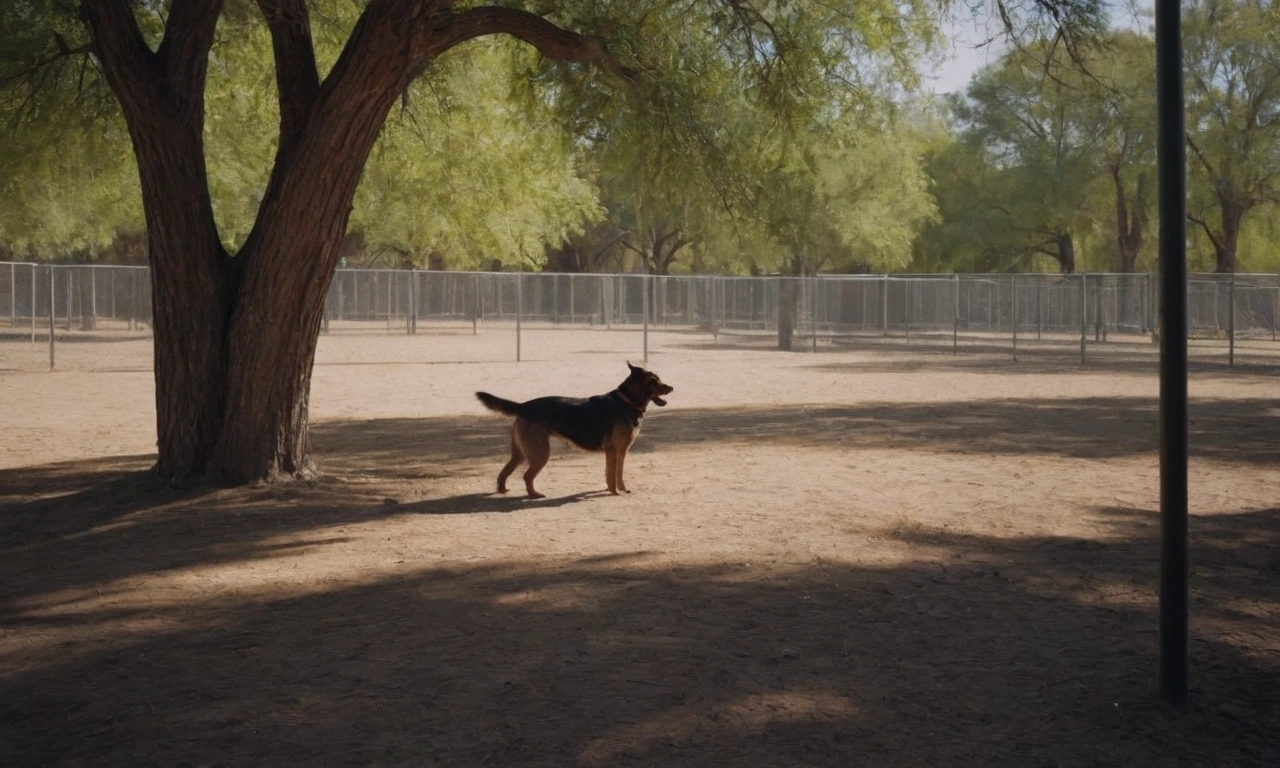Nestled in the heart of California’s Eastern Sierra region, Bishop City Park stands as a verdant oasis amid the dramatic landscape of Inyo County. This cherished community space serves as both a recreational hub and a gathering place for locals and visitors alike, reflecting the warm, small-town character that defines Bishop itself.
Spanning several acres in downtown Bishop, the park features mature shade trees that provide welcome relief from the high desert sun. The park’s well-maintained grounds include expansive lawn areas perfect for picnicking, family gatherings, and community events. Children’s laughter echoes from the modern playground equipment, while the park’s multiple picnic pavilions host everything from family reunions to community celebrations throughout the year.
Sports enthusiasts particularly appreciate the park’s facilities, which include tennis courts, basketball courts, and a swimming pool that proves invaluable during the warm summer months when temperatures in the Owens Valley can soar. The park’s location at an elevation of approximately 4,150 feet (1,260 meters) ensures that even summer activities remain relatively comfortable compared to lower-elevation desert communities.
The City of Bishop itself, often called the “Small Town with a Big Backyard,” serves as the commercial and cultural center of the Owens Valley. With a population of roughly 4,000 residents, Bishop may be modest in size, but it plays an outsized role as a gateway to some of California’s most spectacular outdoor recreation opportunities. The city is surrounded by the towering peaks of the Eastern Sierra Nevada to the west and the White Mountains to the east, creating a dramatic backdrop that draws photographers and nature enthusiasts from around the world.
Bishop’s history is deeply intertwined with the region’s natural resources and indigenous heritage. The area was originally home to the Northern Paiute people, who lived in harmony with the land for thousands of years before European settlement. The city later grew as a ranching community in the late 1800s, and the arrival of the narrow-gauge Carson and Colorado Railroad in 1883 helped establish Bishop as a regional hub.
Today, Bishop maintains its role as an important stop along U.S. Route 395, the main artery connecting Southern California to the Eastern Sierra. The city’s economy blends traditional agriculture and ranching with tourism, as visitors flock to the area for world-class rock climbing, hiking, fishing, and skiing in the nearby mountains. The annual Mule Days Celebration, held during Memorial Day weekend, draws thousands of visitors and celebrates the region’s ranching heritage.
City Park plays a crucial role in Bishop’s community life, hosting events like the weekly farmers market during summer months, outdoor concerts, and holiday celebrations. The park’s central location makes it easily accessible from Bishop’s charming downtown area, where locally-owned shops and restaurants line Main Street, offering everything from outdoor gear to homestyle cooking.
The park’s irrigation system, fed by the same mountain snowmelt that has sustained the Owens Valley for millennia, keeps the grounds lush and green despite the arid climate. This creates a striking contrast with the surrounding sage-covered desert landscape and serves as a testament to the city’s commitment to maintaining public spaces that enhance quality of life for residents and visitors alike.
Whether serving as a quiet spot for a morning walk, a venue for community celebrations, or simply a place to relax and take in views of the surrounding mountains, Bishop City Park remains an integral part of this unique high desert community’s identity and charm.

